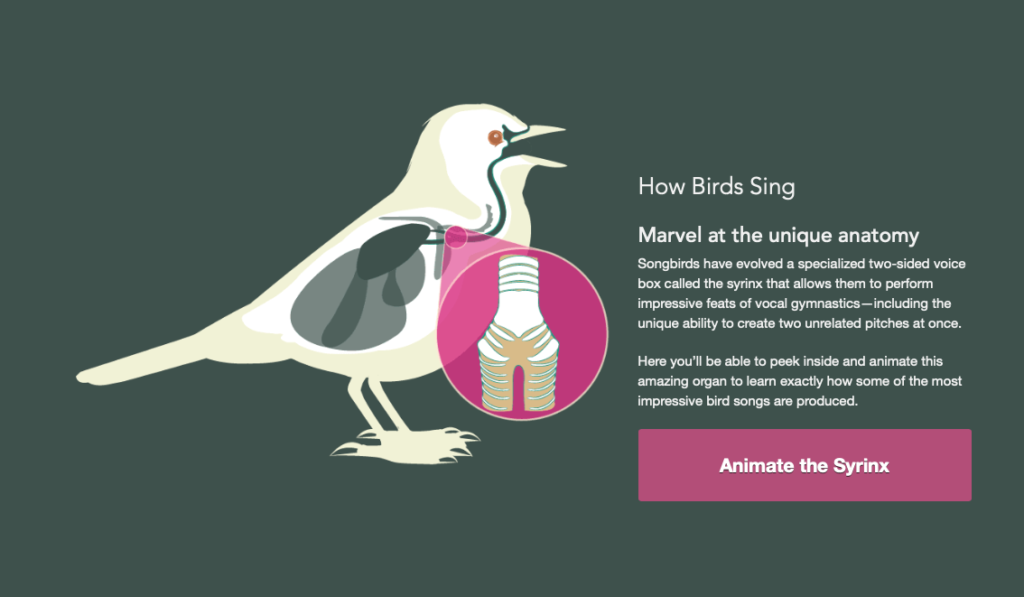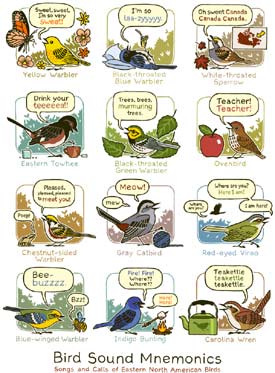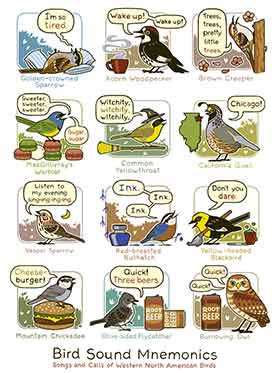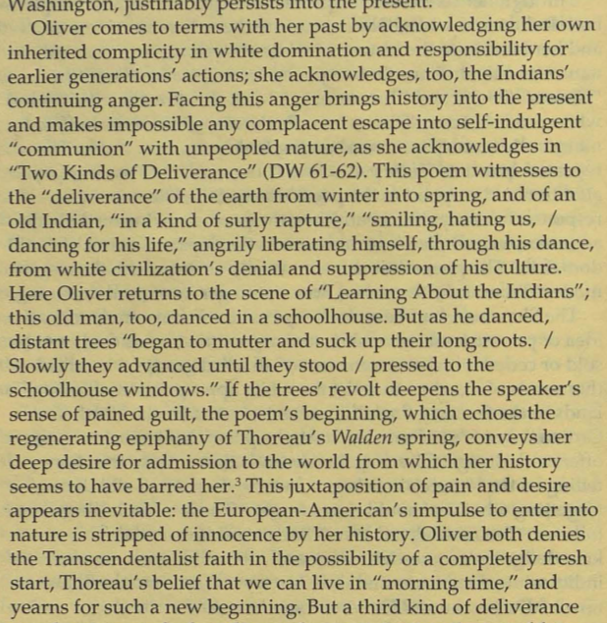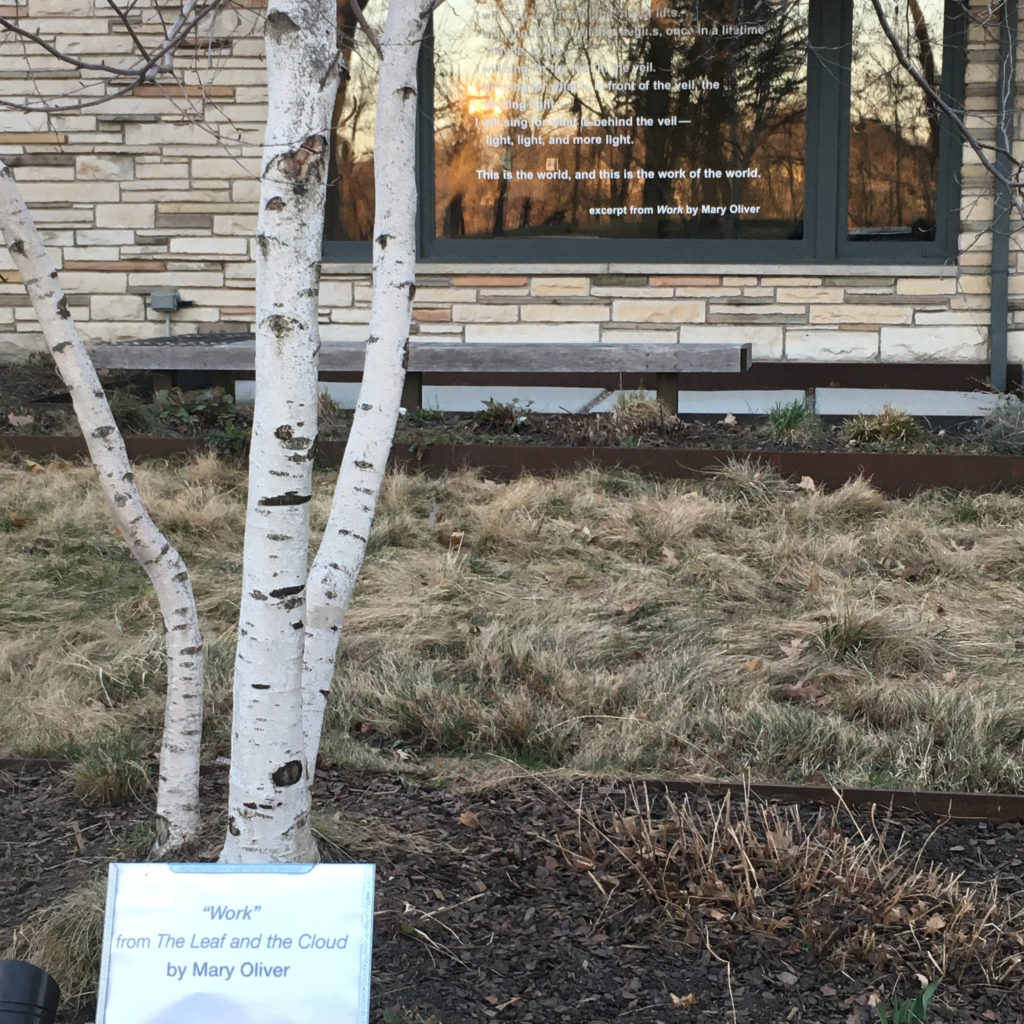5 miles
Franklin Hill Turn-around
58 degrees
What a wonderful morning for a run! Hardly any wind, warm, sunny, green. I wasn’t planning to run to the Franklin Hill, only the trestle, but when I reached the trestle, I just kept going. They’ve repaved the trail at this spot and replaced the crumbling steps leading down to the Winchell Trail. Nice! I’ll have to try out those steps sometime soon. As I approached the Franklin Hill, I heard some voices below on the river. Rowers! As I reached the bottom of the hill, I caught a glimpse of the shell with eight rowers illuminated by the sun. Running up the hill wasn’t too hard. I can’t remember the last time I ran up this hill–was it just before the pandemic hit last March? No, I looked it up: last October 4th. Reading the log entry, I remember the geese, but I don’t remember seeing them just this past fall. Thanks again, past Sara, for keeping a record of these runs so I can remember them!
Running south, after cresting the hill, I overheard a few people talking, one asking the other something that I’m assuming was about what they had seen. Seen what? The answer was something like, “the red stars” or the “red starts”? Was it about rowers with red shirts or migrating birds called red stars? Close–I looked it up and I’m pretty sure they were talking about the American Redstart, which is a bird that, according to Dave Zumeta’s handy list, breeds near the gorge. Very cool!
A lively warbler that hops among tree branches in search of insects, the male American Redstart is coal-black with vivid orange patches on the sides, wings, and tail. True to its Halloween-themed color scheme, the redstart seems to startle its prey out of the foliage by flashing its strikingly patterned tail and wing feathers. Females and immature males have more subdued yellow “flash patterns” on a gray background. These sweet-singing warblers nest in open woodlands across much of North America.
Reading further about them, I saw this helpful backyard tip:
In late summer, redstarts visit plants with small berries and fruits, such as serviceberry and magnolia.
Excellent! We have two big serviceberry trees right at the edge of our deck and birds often visit them in the summer.
Birdcall/ Alicia Ostriker – 1937-
—for Elizabeth BishopTuwee, calls a bird near the house,
Tuwee, cries another, downhill in the woods.
No wind, early September, beeches and pines,
Sumac aflame, tuwee, tuwee, a question and a faint
But definite response, tuwee, tuwee, as if engaged
In a conversation expected to continue all afternoon,
Where is?—I’m here?—an upward inflection in
Query and in response, a genetic libretto rehearsed
Tens of thousands of years beginning to leave its indelible trace,
Clawprint of language, ritual, dense winged seed,
Or as someone were slowly buttoning a shirt.
I am happy to lie in the grass and listen, as if at the dawn of reason,
To the clear communal command
That is flinging creaturely will into existence,
Designing itself to desire survival,
Liberty, companionship,
Then the bird near me, my bird, stops inquiring, while the other
Off in the woods continues calling faintly, but with that upward
Inflection, I’m here, I’m here,
I’m here, here, the call opens a path through boughs still clothed
By foliage, until it sounds like entreaty, like anxiety, like life
Imitating the pivotal move of Whitman’s “Out of the Cradle,”
Where the lovebird’s futile song to its absent mate teaches the child
Death—which the ocean also whispers—
Death, death, death it softly whispers,
Like an old crone bending aside over a cradle, Whitman says,
Or the like the teapot in Elizabeth Bishop’s grandmother’s kitchen,
Here at one end of the chain of being,
That whistles a song of presence and departure,
Creating comfort but also calling for tears.
Reference to Elizabeth Bishop: Sestina
Reference to Walt Whitman: Out of the Cradle Endlessly Rocking
may 11/WALK
Took Delia the dog for a walk: through the neighborhood, down the worn wooden steps, up to a spot with a warped chainlink fence and a view of the ravine and the oak savanna, but not the river—too many leaves already. Down around the ravine, up the other side to another overlook with a sliver of sparkling river, past the ancient boulder with no stacked stones, down through the tunnel of trees and beside the crumbling rocks. We crossed the river road just before the old stone steps and made our way to Seven Oaks to be with the birds. Stopped. Listened. Watched for motion. Heard lots of chirping and tweeting and trilling and rustling. Saw some branches moving. Didn’t really try to identify bird sounds, just let all the music envelop me.
Earlier heading down to the ravine, I noticed another downy woodpecker on a tree, trying to find a good spot to drum. It’s amazing how such a tiny bird can produce such a loud sound! Today, they flew away before drumming, but yesterday I was able to see a little head rapidly striking the trunk. Sometimes it’s hard to believe how much I can still see, and how much I can’t. Noticed a few bikers. It’s time to get out my bike and try it. I’m nervous, because I haven’t biked in 2 years. How difficult will it be with my vision–will it be harder? scarier?
This morning I’m revisiting an essay I read at least 2 years ago and appreciating it so much more: Thirteen Ways of Looking at a Black Bird by Naomi Cohn. I discovered Cohn when I read her work Cell in the Feb 2019 issue of Poetry. She is legally blind and writes about her vision loss, which began in her 30s and happened over several decades. She’s local—I think she lives less than 2 miles from me–and I’ve been wanting to email her for some time now. I haven’t yet, but I should. Why not?
It’s so great to reread this piece while in the midst of my month of birds. Here are a few passages that especially resonated:
Back then I was drawn to see the rare, the out-of-place, the new to my eyes, the precious sight of feathers that could be added to my life list, a check mark in my field guide, its pages ruffled with a history of rainy wetlands. Wilderness tamed by naming.
I had no need to “collect” another red-winged blackbird, but stopped to look.
I like the statement: wilderness tamed by naming. I don’t really miss this taming—scrutinizing, staring, owning, collecting. And mostly, I’m okay with not being able to see details, sometimes mixing up or missing color. Of course, reading Cohn’s essay, I kept thinking about how much better my vision is than hers–at least, for now. I was able to see that small downy woodpecker on the tree today, after all.
The eye listens. The song of the red-winged blackbird translated to a sonogram, a shape on a page, a whistle heard in the head that has shape and volume. It triggers a mental image of yellow feet clutching a cattail, of a red quarter circle, so red against glossy black.
An ear sees. As the decay progressed, I began to learn bird song. I invested in “birding by ear” CDs, the little platters spinning endlessly in my cheap boom box. At my most tuned up, I probably knew 150 songs.
I would have kept the old way of looking at a blackbird if I could–it takes a good sized hole in your life to fill all those hours listening to bird tapes.
But there is this to looking at a bird through its song: Your eye, even a good eye, only looks at one thing at a time, only focusses on one bird at a time, but the ear listens in all directions. Paddling across a Canadian lake, red and white pines tall around the shore, the bird song comes from every direction, every compass point, every point on the whole half dome of the world above the water and shore.
Yes. I love this idea of sound coming from every direction, while sight can only come from one. As I was standing at the edge of the sink hole, I was listening in all directions. Sight encourages singularity: single ideas, single perspectives, either this or that but not both at the same time. Hearing encourages plurality: both/and, this and that, multiple perspectives at once.
To see a bird demands both perception and attention. For years I supplied the relatively subtle gaps of perception with attention. Over time, this was not enough. Motion was less my friend. I needed time to make things out, to dart my eye back and forth and up and down to try to get a glimpse of something, to see around the edges of my blind spots, sending a set of broken, incomplete messages to my visual cortex, which on a good day, would assemble a convincing hypothesis of what I was perceiving.
This is all any of us ever do.
Yes! I think this line “This is all any of us ever do” is important. You can read it as metaphor, with blind spots representing those limitations in everyone’s understandings and perspectives. But you can also read it as literal. The more I read about how we see, the more I learn how complicated it is for everyone–good vision or bad—to make sense of images. The brain guesses a lot. Of course, those guesses are better when the brain is given more data, but even then, the brain guesses.
The title of this essay is referring to the famous poem of the same name by Wallace Stevens. I’ve read it several times; I even did an homage poem of it for a class 3 years ago. Anyway, here’s the original:
Thirteen Ways of Looking at a Blackbird/ WALLACE STEVENS
I
Among twenty snowy mountains,
The only moving thing
Was the eye of the blackbird.
II
I was of three minds,
Like a tree
In which there are three blackbirds.
III
The blackbird whirled in the autumn winds.
It was a small part of the pantomime.
IV
A man and a woman
Are one.
A man and a woman and a blackbird
Are one.
V
I do not know which to prefer,
The beauty of inflections
Or the beauty of innuendoes,
The blackbird whistling
Or just after.
VI
Icicles filled the long window
With barbaric glass.
The shadow of the blackbird
Crossed it, to and fro.
The mood
Traced in the shadow
An indecipherable cause.
VII
O thin men of Haddam,
Why do you imagine golden birds?
Do you not see how the blackbird
Walks around the feet
Of the women about you?
VIII
I know noble accents
And lucid, inescapable rhythms;
But I know, too,
That the blackbird is involved
In what I know.
IX
When the blackbird flew out of sight,
It marked the edge
Of one of many circles.
X
At the sight of blackbirds
Flying in a green light,
Even the bawds of euphony
Would cry out sharply.
XI
He rode over Connecticut
In a glass coach.
Once, a fear pierced him,
In that he mistook
The shadow of his equipage
For blackbirds.
XII
The river is moving.
The blackbird must be flying.
XIII
It was evening all afternoon.
It was snowing
And it was going to snow.
The blackbird sat
In the cedar-limbs.
